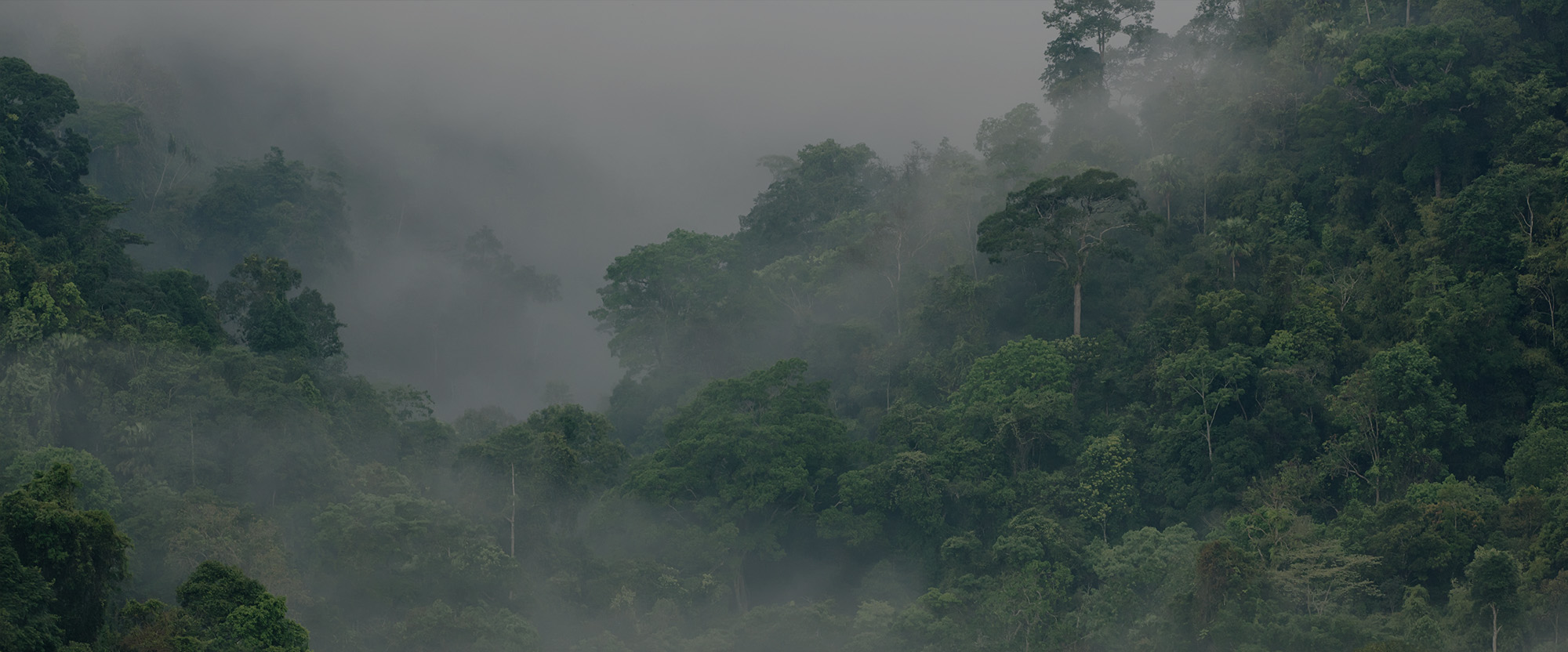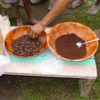When my world collapsed in 1985 I had been at the top of my game. As the founder and CEO of a very successful, publicly traded corporation, I was sitting on the top rung of the corporate ladder, wearing tailored suits and clinking glasses with the C-Suite at executive gatherings in posh Grosse Pointe, Michigan. But then my company failed, my significant relationship dissolved, and my “friends” scattered. I found myself staring into both an internal and external void that I realized I had created myself.
So I did what any mature, self-appreciating businessman would do. I fled to seek solitude and refuge. First, to the most northern point in the United States, Copper Harbor, nestled in Michigan’s Upper Peninsula, then eventually taking to my motorcycle, to navigate the Western states. For a while I lost myself in the vast expanse of desert, mountains and sagebrush. But the void followed me, because it was deep within myself. Then my path changed when I found myself in love with a woman from the other side of the world.
Clouded by past experiences with money, adult toys, and public acclaim, I felt that meeting Fiona was significant. There was really nothing wrong with what I had amassed; it was how I related to all these things that made it toxic. I had become very proficient at feeling better, as opposed to becoming better at feeling.
Because of her lapsed visa, I followed Fiona to her native homeland of Papua New Guinea to try to seek out a living for her and her three daughters. I was a businessman, after all, and knew I could do it. It was there, standing on the deck of a fishing vessel in the Coral Sea with no land in sight, that I felt the tide turning and my self-sufficiency ebbing. Fiona and I soon embarked on building a coffee-growing and export business in the mountains and forests of her homeland, with 2400 tribal members as our growers. My large white body contrasted with their diminutive stature and culture. I was soon named Tau Bada, or “big white man” to the natives. I was out of my element.
Business is business, right? Or so I thought, but I had yet to learn. Tribal customs and cultural differences made doing business difficult at best, as I was an outsider, a minority. As we sat in a “talking circle” inside the haus-win during business meetings, I found myself comparing the bamboo floor to the plush carpeting of the boardroom. Not much had changed. Leadership’s clever defensive routines and behaviors are well masked and intransigent, and may be found no matter where in the world you are.
And yet much was different.
Fiona had forewarned me that the Managalas Plateau was “pretty remote,” adding that the last reports of cannibalism were recorded in 1963. Our first business meeting took place in a bamboo pavilion that was surrounded by stacks of sugar cane and shelled coconuts. I was seated in the middle of the pavilion, my body pressed against one of the bamboo railings and my legs crossed. Before me sat fifty villagers, including the chief, a priest, ten elders, farmers, and significant landowners.
Stafford, the chief, was a lean fellow of about seventy-five years old who had first brought coffee seeds to his village of Tabuane in 1963. He taught them how to grow a cash crop. He was dressed in the customary attire of a man of his position, which included feather headdress, necklaces, leather, and beaded wrist, arm, and ankle bands. He had a full head of wiry black hair, very few teeth, and red-stained gums. His brown eyes were wide and sunken into a large, furrowed forehead. He had a strong grip and a serious face, absent of wrinkles.
The meeting commenced with a formal Christian prayer. Stafford, sitting in front of me, looked directly into my eyes and asked: “Why are you here?”
I was thrown off balance by his straightforward manner, yet I was engaged. I began to feebly formulate a response in my mind. To make money? To lead? To pronounce my credentials and/or past achievements? But I realized the simple, honest answer was the best. “I am here because I want to be.”
Disadvantaged by a language barrier and having a vague sense of who this man really was, I hoped I would communicate a sense of honesty. He resonated truth. I felt vulnerable. I had no prompters, and my interpreters could not read my mind. I felt I was in the presence of a true elder, a man of peace and forgiveness. This wiry old man could see right through me.
That day I shed a few of my intrapersonal layers that had served to posture a well fortressed persona. I learned my most valuable lesson in leadership: vulnerability. Invincibility is an illusion, yet it disables one to make contact with another ordinary human being. Us and Thems make contact.
Intrapersonal inquiry, which I practice when I consult with business leaders today, assists individuals to identify their beliefs/assumptions, including defensive routines, and gets to the core of who they are. You first must establish your own compass to ground you in order to be an authentic person, not condemned by your past, but encountering your present and creating your future. Only then can you begin to impact your company and those around you, resulting in a strong sense of self worth as well as an accurate assessment of yourself. Humility is usually a by-product, as one’s egocentricity contracts.
There is a lot of research to back up the correlation between leadership, company culture, and financial performance. When people can unplug in a safe place and share their values and vision, things happen. Examining the values that drive the mindsets of our leaders gives us a picture of their true heart.
Fiona and I nearly died while running the coffee growing and collection business. Warring tribes put a “curse” on us, and false rumors were spread that Tau Bada wasn’t paying up. Threats on our business became threats on our life, and ultimately led to a gunfight that we barely escaped from. Try being vulnerable when you’re being shot at. There’s really no place else to go emotionally.
Unfortunately, for most CEO’s I have observed, until the threshold of pain becomes greater than the fear to change, they remain in a buoyant state. What works, or has been working in their business, continues to be the norm. Only when they are stripped of their pretenses and self-armor can they begin to unravel the deeper resonance of leadership qualities that helps employees to trust in them, believe in them, and ultimately, see them.
Stafford died a few years after that meeting and when I attended his funeral, I gave a photograph of him to his wife. A photograph—like Stafford—was rare, and she wept.
It has been said, “Teaching consists of creating conditions that help students to find their path.” Stafford’s vulnerability and simplicity inspired me to seek another path—a more difficult one than I had ever anticipated. Yes, this highway had been a path of self-discovery, but it’s a path worth sharing. Had I not opened myself up to vulnerability that day in the pavilion, I would not be where I am today: coaching CEO’s, married to the love of my life, and hoping to help others on their quest to position and integral leadership by ironically encouraging them to be vulnerable, a seeming juxtaposition.
I wish you the best on your quest.





